Treacherous, Corrupt, Self-serving. Say what you will about Milan’s Visconti family, but they sure knew how to play cards in style. The Visconti Tarot (also know at the Cary-Yale deck) may be one of the oldest set of playing cards in existence. The ornately painted, gold-leaf deck was created by Bonifacio Bembo between 1428-1447. We do not know who commissioned it, but its owner was most likely the third duke of Milan, Filippo Maria Visconti. Filippo was an avid card player and astrologist paying 1500 gold pieces for another set of cards containing gods, animals and birds.
The image above depicts the Knight of Swords, but interestingly instead of the usual male figure, the cards show a demure woman wearing a balzo (her hairstyle) surrounded by some serious bling. Due to the female depiction, it is believed the deck was used by a court lady. My guess would be Maria di Savoia, second wife of Filippo Maria Visconti, but the woman in the card may be a portrayal of Filippo's previous wife - Beatrice di Tenda.
Queen of Hope
Beatrice was the wealthy window of condottiero and defacto ruler of Milan, Facino Cane. On his deathbed, Facino encouraged Beatrice to take Filippo as her husband to secure an alliance with the Visconti family. Although she was twenty years his senior, Filippo was willing to look past such things when the misses came with a hefty dowry and an army of soldiers ready to die for her. While the people of Milan adored Beatrice, Filippo’s resentment toward her and her more popular dead husband grew daily. He increasingly ignored her and fixed his attentions on his mistress Agnes de Maino. In her solitude, Beatrice surrounded herself with men of letters including one unfortunate musician named Orombello.
Beatrice was the wealthy window of condottiero and defacto ruler of Milan, Facino Cane. On his deathbed, Facino encouraged Beatrice to take Filippo as her husband to secure an alliance with the Visconti family. Although she was twenty years his senior, Filippo was willing to look past such things when the misses came with a hefty dowry and an army of soldiers ready to die for her. While the people of Milan adored Beatrice, Filippo’s resentment toward her and her more popular dead husband grew daily. He increasingly ignored her and fixed his attentions on his mistress Agnes de Maino. In her solitude, Beatrice surrounded herself with men of letters including one unfortunate musician named Orombello.
You can guess what followed. Filippo accused Beatrice of having an affair with Orombello and threw them in the castle dungeon. Set to the rack, Orombello confessed, but Beatrice remained steadfast in her innocence. It hardly mattered. Both were condemned to die without a trial. Fearing the people’s outrage at what was basically a judicial murder, he ordered Beatice’s to be decapitated under cover of darkness. After a few more rounds of torture to get that confession, Beatrice di Tenda was executed at the Castle of Binasco in 1418.
The Card of Hope
What is also of note is the cards of Faith, Charity and Hope (shown above), which were not usually included in a 15th century deck. Notice that the figure of Hope is chained to an anchor while a man at her feet is bound to the same anchor. In Renaissance art, St. Peter is usually depicted at the feet of Faith, but the card of Hope may have a more literal translation.
In 1428, Filippo married Maria di Savoia and her dad reigned as antipope Felix V.This deck of cards may have been given to Maria as a wedding gift with a potent reminder of what became of his previous wife.
Today, Beatrice’s legacy lives on in the tragic opera by Vincenzo Bellini, but could she also be portrayed in the card of Hope?
Today, Beatrice’s legacy lives on in the tragic opera by Vincenzo Bellini, but could she also be portrayed in the card of Hope?
You can see more of these beautiful images at the Beinecke Rare Books & Manuscript Digital Collection. Just search by "Visconti Tarot."
Sources and Further Reading:
The Beinecke Rare Books & Manuscript Library, Call Number ITA 109
Kaplan, Stuart & Huet, Jean, The Encyclopedia of Tarot, Volume II, US Game Systems, 1986.
Buell Hale, Sarah Josepha, Woman's record; or, Sketches of all distinguished women, from "the beginning" till A.D. 1850. Arranged in four eras. With selections from female writers of every age, Nabu Press, 2010
The Beinecke Rare Books & Manuscript Library, Call Number ITA 109
Kaplan, Stuart & Huet, Jean, The Encyclopedia of Tarot, Volume II, US Game Systems, 1986.
Buell Hale, Sarah Josepha, Woman's record; or, Sketches of all distinguished women, from "the beginning" till A.D. 1850. Arranged in four eras. With selections from female writers of every age, Nabu Press, 2010

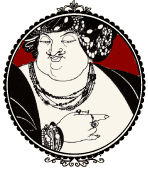

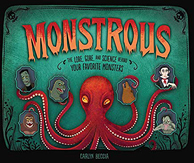
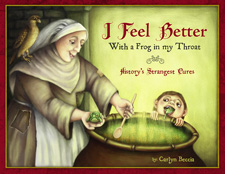
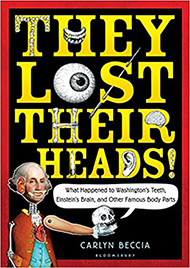


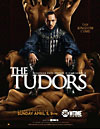

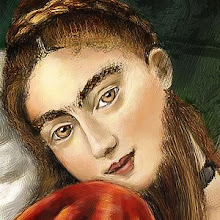




1 comment:
Fascinating! Is director Luchino Visconti from the same family?
Post a Comment